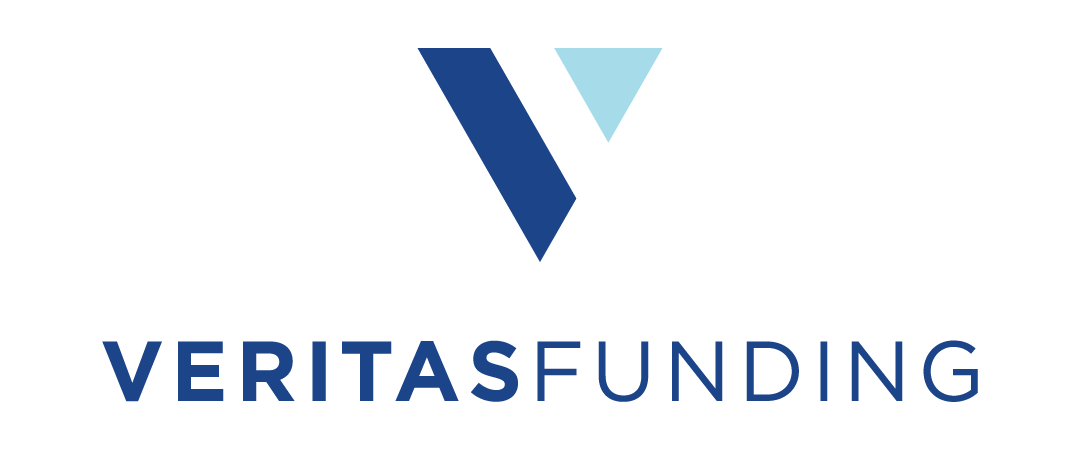
The lowdown on a low down payment
How to pay the least upfront for a home
By Erik J. Martin
Your first barrier to entry into the homeownership club can be a steep one: the down payment required to obtain a mortgage loan. That’s because many conventional loans today require at least 20% down if you want to avoid having to pay private mortgage insurance or want to get approved at all.
Considering that home sale prices nowadays are through the roof, and mortgage interest rates are inching up lately, it can be a tall task to raise enough scratch to cover even close to 20% down. Case in point: the national median home sale price was $428,700 in 2022, according to Federal Reserve Economic Data; if you had to make a 20% down payment on a home at that price, that would equate to $85,740.
But don’t despair: there are loan programs out there you may qualify for that require little to no money down, allowing you to get your foot in the door of that desire domicile more easily and quickly.
“First, understand that the 20% down payment threshold is mostly about borrowers demonstrating their creditworthiness,” says Ann Martin, director of operations for CreditDonkey in Pasadena, California. “If a borrower can afford to save for a down payment of that size, they can generally afford to make monthly mortgage payments, thereby avoiding having to pay private mortgage insurance which protects the lender in the event the borrower cannot pay their mortgage.”
Fortunately, there are government-backed loan options to explore for which you need a much lower down payment:
- An FHA loan. FHA loans are a great option for those looking to buy a home as they typically require only a 3.5% down payment, although 100% financing is also available. Additionally, buyers must have a credit score of 580+ and will be required to pay FHA mortgage insurance regardless of their down payment size.
- A VA home loan. If you are an active duty service member, veteran, surviving spouse, or other specially qualified borrower affiliated with the military, you can claim one of these loans, likely the most generous in the industry. That’s because a VA loan requires zero down, with no obligation to pay mortgage insurance. However, you will have to pay a funding fee at closing or have the fee rolled into your loan.
- A USDA loan. Like a VA loan, there’s no down payment needed for a USDA loan, but your home must be located in a designated rural area, income restrictions apply, and the residence must be a single-family home.
Another way to pay a lower down payment is to apply and qualify for a down payment assistance program, which may be available from resources locally, regionally, or nationally, including housing finance agencies available in your state, HUD local home buying programs, and sources like the Chenoa Fund and National Homebuyers Fund.
Those considering a low down payment should be aware of the potential impacts, such as larger mortgages and higher interest rates. Despite these factors, there are still advantages to taking advantage of lower deposits - particularly for those who may not otherwise have access to homeownership or take benefit from current economic conditions. An informed decision is key in order to make sure you're getting the most out of your investment!
Get In Touch If you're interested in improving your life through homeownership, please provide your contact information below and a Loan Officer will be in contact. |
|
|

